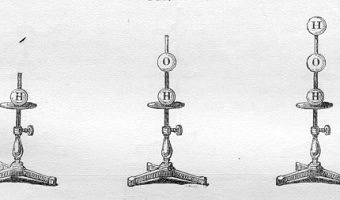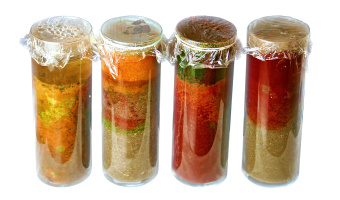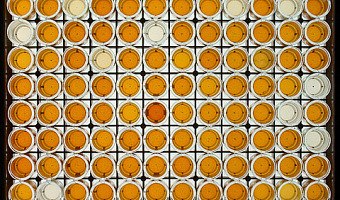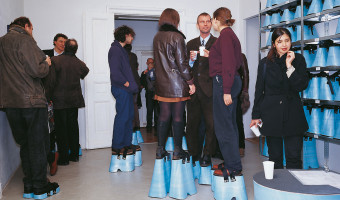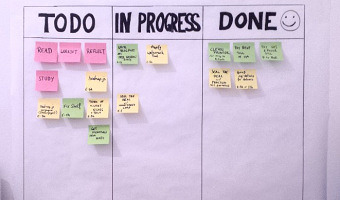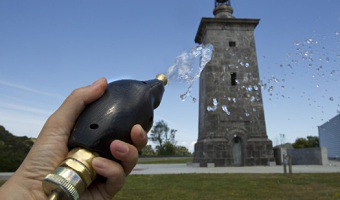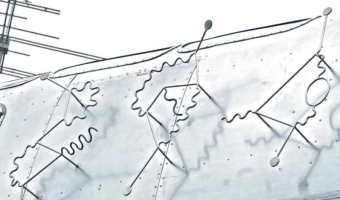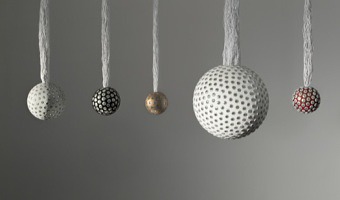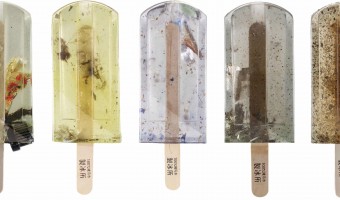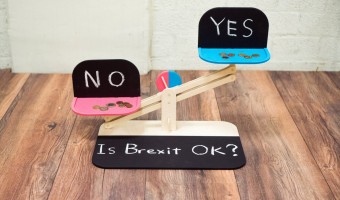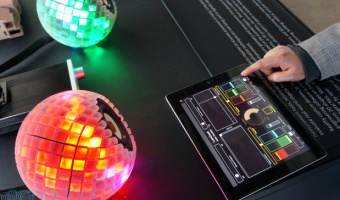
Evan Atherton created a LED-based 3D ball rendering visual effects from sound while diffusing the music through small cones of the device. This has been produced with a high-resolution 3D printer. LumiGeek developed an application to control the device, such as for playing music. Independently of that usage, the device could be envisioned to produce 3D spherical visualisation, a promising area according to the references below, both mathematically and interactively. Sources: Michael Gorman, 3D […]
Evan Atherton created a LED-based 3D ball rendering visual effects from sound while diffusing the music through small cones of the device. This has been produced with a high-resolution 3D printer. LumiGeek developed an application to control the device, such as for playing music. Independently of that usage, the device could be envisioned to produce 3D spherical visualisation, a promising area according to the references below, both mathematically and interactively. Sources: Michael Gorman, 3D printed speakers give you a custom light show to go with your tunes Evan Atherton, 3D Printed Speaker Enclosures (With Lights!) Philip Leonga, Simon Carlileb, Methods for spherical data analysis and visualization, Journal of Neuroscience Methods, Volume 80, Issue 2, 30 April 1998, pp. 191–200. Karla Vega, Eric Wernert, Patrick Beard, Tassie Gniady, David Reagan, Michael J. Boyles, Chris Eller, Visualization on Spherical Displays: Challenges and Opportunities, Proceedings of the IEEE VIS 2014 Arts Program, VISAP'14: Art+Interpretation (Paris, November 9-14, 2014), pp. 108-116.

